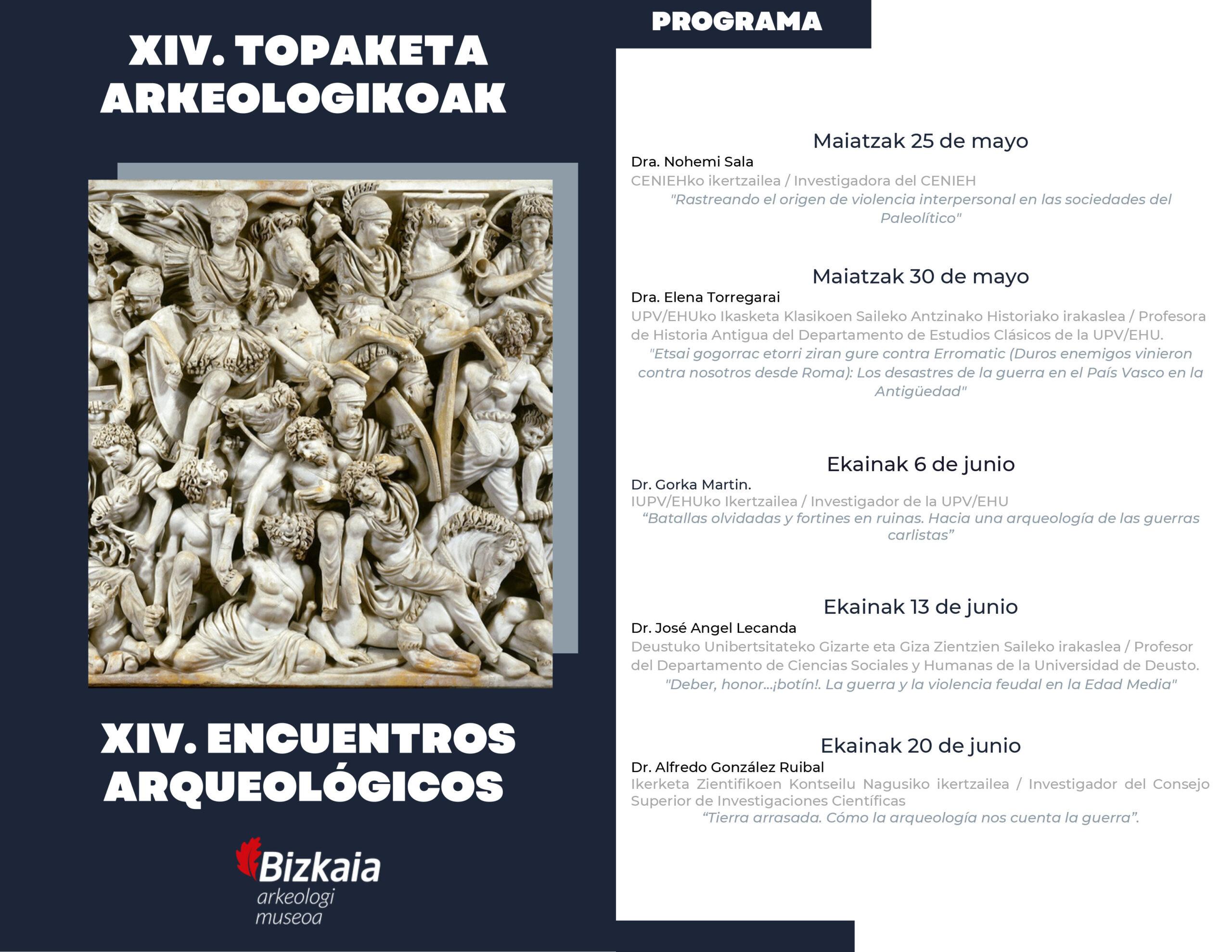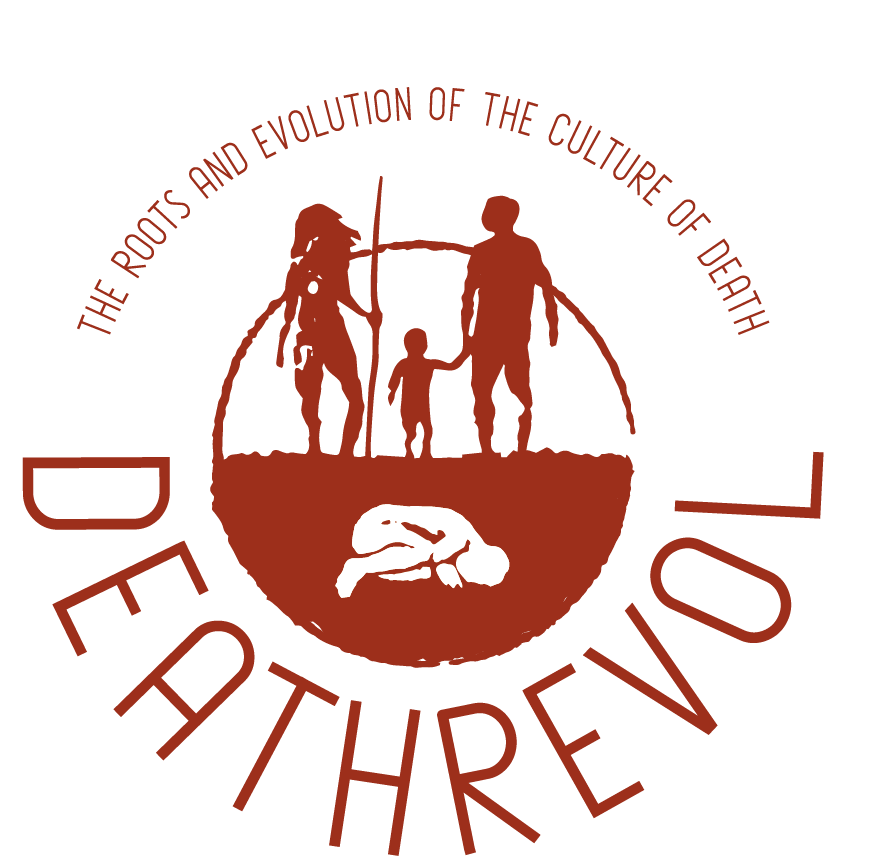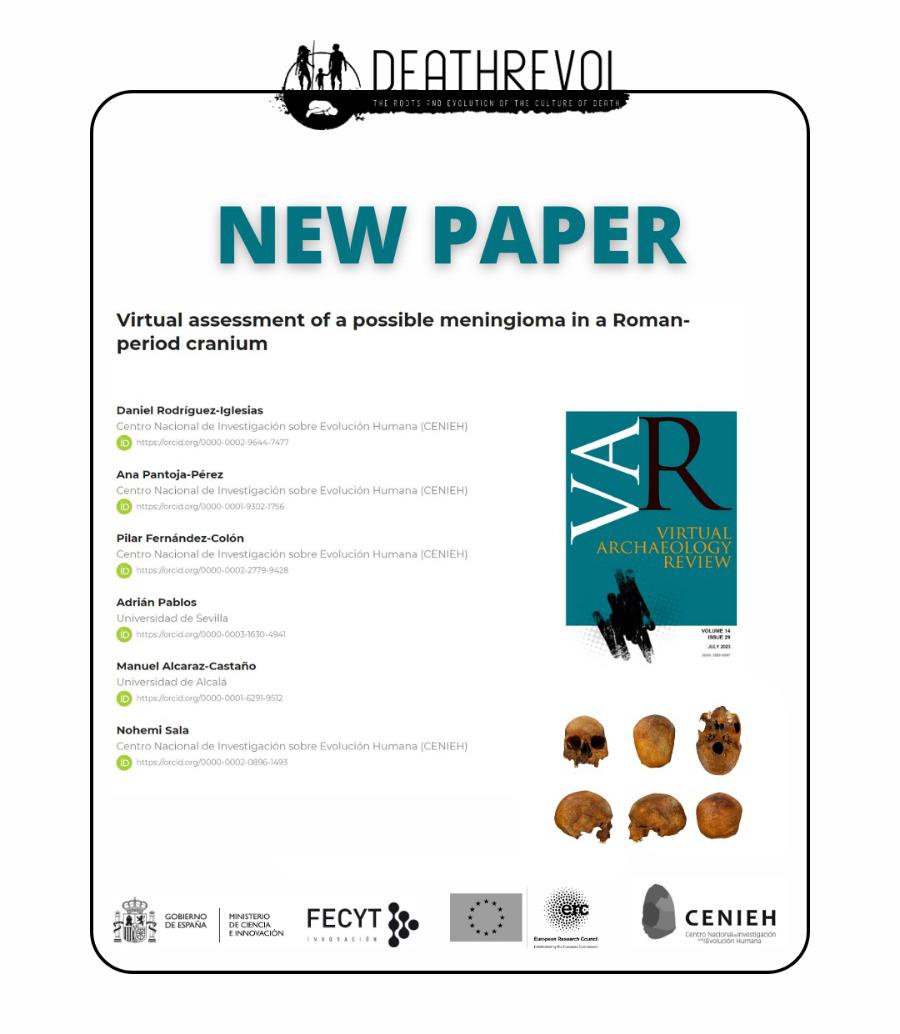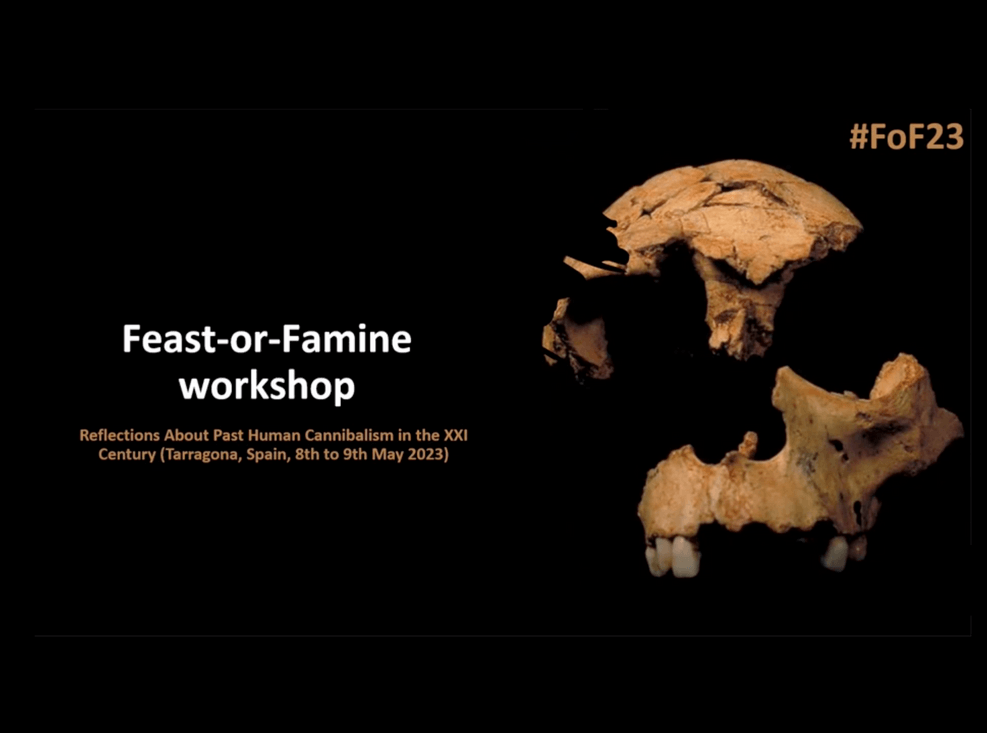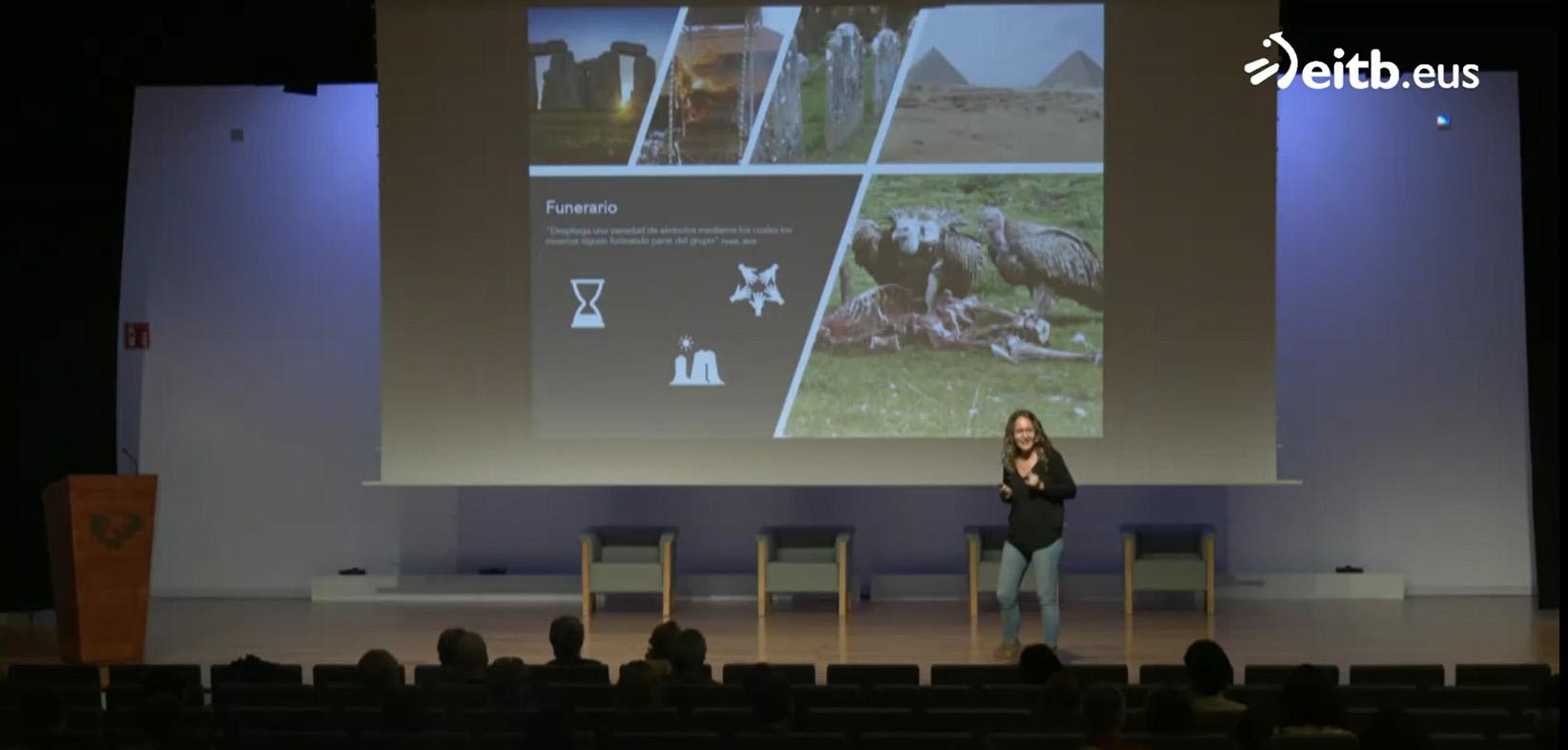CALL FOR TECHNICIAN IN MATHEMATICAL MODELING
JOIN OUR TEAM!
APPLY FOR THE NEW POSITION OF TEMPORARY EMPLOYMENT FOR ONE TECHNICIAN IN MATHEMATICAL MODELING
The purpose of this contract will be to perform research functions aimed at obtaining machine learning models capable of performing different prediction tasks, image processing and discovery of trends and patterns in different data sets.
DEADLINE: JULY 11TH 2023
STARTING DATE: OCTOBER 1ST 2023
More details here: https://www.cenieh.es/en/about-cenieh/vacancies/012022-erc-2020-stg-deathrevol
CALL FOR SUPPORT TECHNICIAN
JOIN OUR TEAM!
APPLY FOR THE NEW POSITION OF TEMPORARY EMPLOYMENT FOR ONE SUPPORT TECHNICIAN
The purpose of this contract is to support the development and execution of the Researh Project associated to the Ramón y Cajal Grant (RYC 2020-029656-I), which centers on experimental forensic taphonomy.
The funding entities for the contract offered are the Agencia Estatal de Investigación (AEI) and the Fondo Social Europeo (FSE).
DEADLINE: JUNE 30TH 2023
STARTING DATE: AUGUST 1ST 2023
More details here: https://www.cenieh.es/en/about-cenieh/vacancies/012022-erc-2020-stg-deathrevol

CONFERENCES IN MAY
During this month of May, the DEATHREVOL team participated in numerous dissemination activities. Here you can see some of them.
NEANDERTHALS OF THE END OF THE WORLD (SEVILLA)
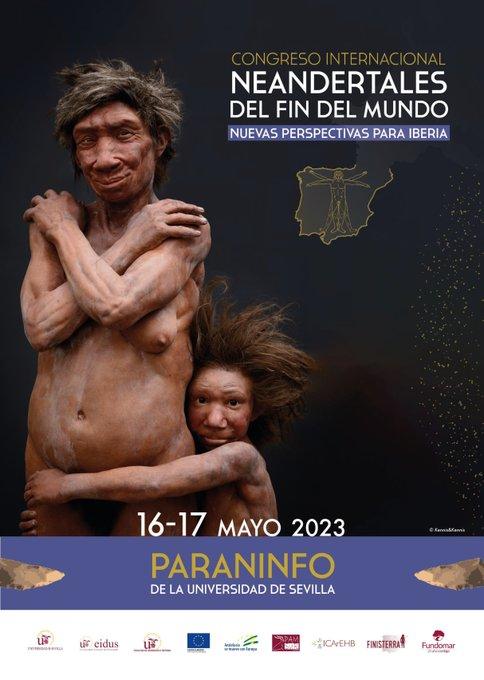
XIV ARCHAEOLOGICAL MEETINGS (BILBAO)
